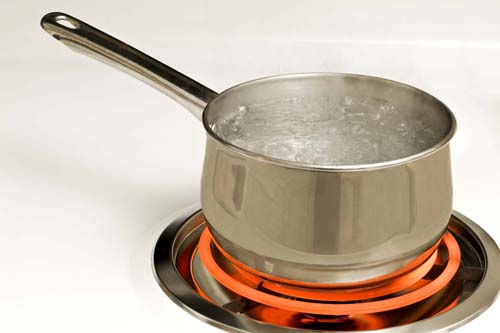Changes of states of matter
A substance can be made to change its state to another by heating or cooling the substance. Every material can be classified as either solid or liquid or gas. All the various states of matter can change to the other depending on the temperature. Substance can change their state at different temperatures. There are several processes by which a substance can be made to change its state. They are;
Freezing or solidification.
This is the process by which a substance is cooled excessively to convert it from the liquid state into the solid state.
This is the conversion of liquid to solid state. An example is the conversion of water(liquid) into ice(solid). The temperature required changing a substance from the liquid state to solid state Freezing point. The freezing point of water is 0°C.
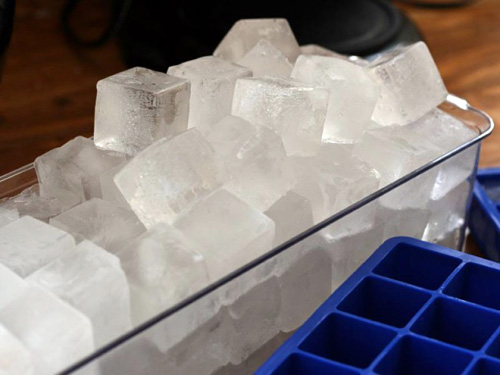
Cooling/Condensation.
This is the process whereby energy is extracted to change a substance from the gaseous state to the liquid state.
An example is the conversion of steam (gas)into water (liquid).
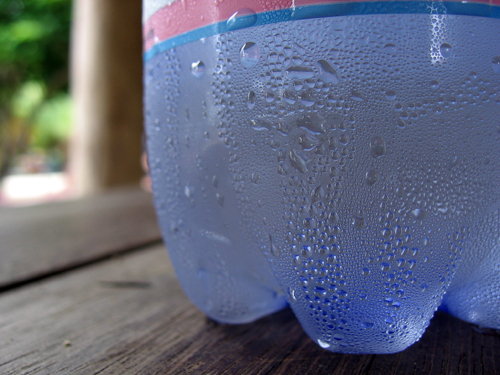
Sublimation
This is the process by which a substance changes from the solid state directly to the gaseous state without passing through the liquid state .
Example is the conversion of naphthalene or camphor.
Melting
This happens in the presence of heat energy whereby a substance can be converted from the solid state into the liquid state. An example is when ice (solid) is heated gently; it turns into water (liquid). Heat is absorbed in this process. The temperature at which the solid melts is known as meling point.
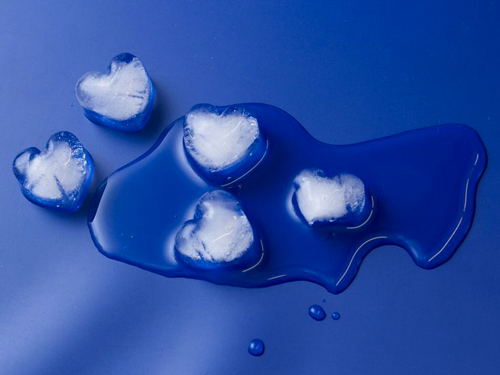
Evaporation
Evaporation is the change of a substance from liquid state to gaseous state at a temperature below the boiling point of the liquid.
An example is when water (liquid) changes to steam (gas) when heated.
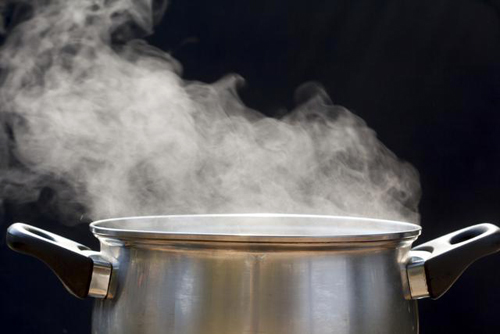
Boiling
Liquid boils when temperature increases. As the temperature increases, bubbles of gas form inside the liquid. During boiling, the temperature remains constant. The temperature at which the liquid boils is known as boiling point.
